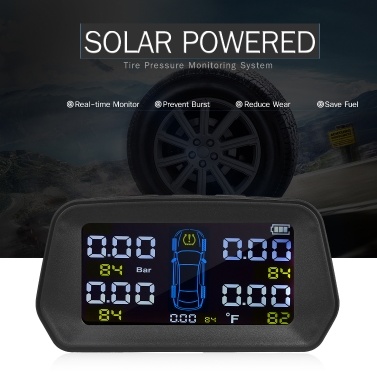Published on October 26, 2018 Driven Products
The goal of a Tire Pressure Monitoring System (TPMS) is to help avoid traffic accidents, poor fuel economy, and increased tire wear due to under-inflated tires. Due to the influence tire pressure has on vehicle safety and efficiency, TPMS is required on vehicles manufactured for sale within the United States after 2007.
You’ve probably noticed the TPMS warning light on your dashboard at some point. This is a warning to let you know that one or more of your tires is under-inflated. In most cases you can pull your vehicle into a gas station and fill your tires with air to reach the manufacturer recommended tire pressure. However, this can also be a warning that one or more of your TPMS sensors are failing and it’s time for a new sensor.
| 1. Break the bead of the tire ensuring the valve is located on the opposite side of the rim from the bead breaker blade. When the tire is dismounted the valve must be located at 1 o’clock to the tire fitting head. | |
| 2. Apply lubricant to the valve stem. | |
| 3. Place the valve stem through the valve hole, ensuring the rubber makes good contact with the valve hole all around. | |
| 4. Use the valve puller to pull the valve stem through the hole until it snaps into place, ensuring that the valve angle is perpendicular to the hole. If using a metal valve puller, protect the rim. | |
| 5. Please note: failure to pull the valve through at the correct angle can result in damage to the valve stem or prevent the rubber from creating an air-tight seal. | |
| 6. Attach the valve stem to the sensor using the nut. Place the anti-rotation pin provided through the base of the valve stem, to keep the valve stem in place. The nut must be tightened to 12.5 in-lbs (1.4 Nm) using a T15 Torx bit and torque tool. | |
| 7. When remounting the tire on to the rim ensure that the valve starts on the opposite side of the rim from the tire fitting head. | |
| 8. Now that your sensors are installed, they will need to be relearned to your vehicle. Contact a Driven Products Fitment Specialist for help identifying your vehicle’s TPMS relearn procedure. |
The cost of installing TPMS sensors will depend on the installer. Assuming you already have your snap-in TPMS sensors purchased and ready to install, you can expect to pay between $20-$50 per sensor installation.
DP-Accessories brand snap-in TPMS sensors are equipped with an advanced Maxell battery. The typical life expectancy is 7-years or 100,000 mile. Our sensors come with a 3 year / 36,000 mile limited warranty.
Don’t confuse TPMS relearning with TPMS programming. Your DP-Accessories TPMS sensors are preprogrammed for your vehicle before we send them to you.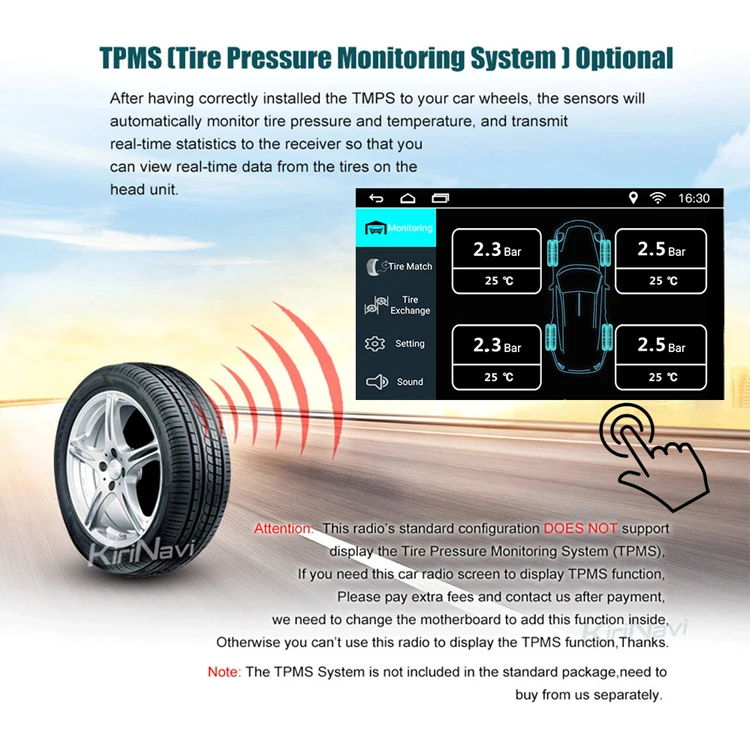 When installing new TPMS sensors replacing, your vehicle manufacturer has specific steps to put the vehicle in learn mode and program the sensors. There are some vehicles that will relearn sensors automatically when your tires are rotated. However, most TPMS sensors will require an action by you to relearn them.
When installing new TPMS sensors replacing, your vehicle manufacturer has specific steps to put the vehicle in learn mode and program the sensors. There are some vehicles that will relearn sensors automatically when your tires are rotated. However, most TPMS sensors will require an action by you to relearn them.
Each vehicle manufacturer will have their own unique TPMS relearn procedure. Contact a Driven Products Fitment Specialist for help identifying your vehicle’s TPMS relearn procedure.
Filed in: installation tips, snap-in, snap-in tpms sensors, snap-in valve stems, tpms, tpms sensors
Share: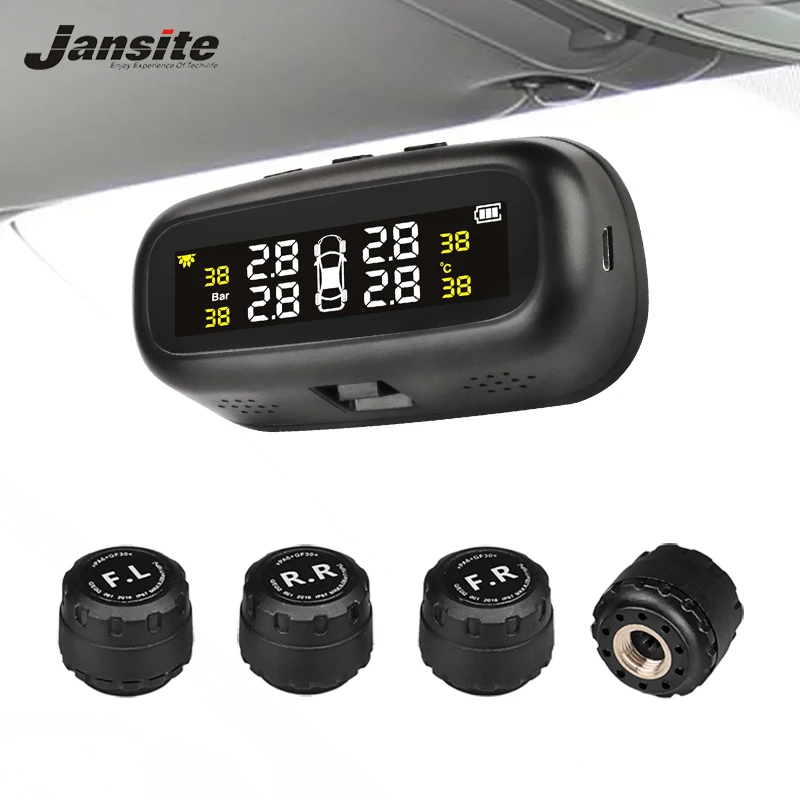
Tire pressure monitoring system (TPMS) sensors do exactly what their names suggest: measure your vehicle’s tire pressures. There is a TPMS sensor inside each of your vehicle’s tires. Modern TPMS sensors communicate with a central receiving unit wirelessly to tell drivers if there is a problem with one of their tires’ pressures.
TPMS sensors usually come in two varieties: the kind that is mounted inside of the tire and the kind that come inside valve stem caps. The batteries of these sensors should last around 10 years, but the sensor may have a shortened lifespan due to impacts or unusual wear and tear.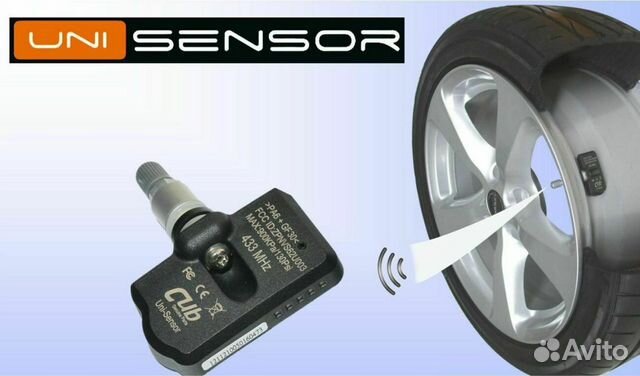
Generally speaking, it is safe to drive with a bad TPMS sensor. However, if you don’t realize you have an issue with one of your tires due to a faulty TPMS issue, you run the risk of causing further damage to your tire by continuing to drive on it. Working TPMS sensors can help you get ahead of larger problems such as blowouts so that you can help yourself avoid getting stranded on the side of the road.
There is no recommended interval for when you should change your TPMS sensors. They should only be replaced when they’re not doing their job or if you purchase wheels that don’t have TPMS sensors installed. This is a job you can take on yourself fairly easily, but if you’re not confident in your ability to change interior TPMS sensors, we suggest leaving their installation up to the professionals.
Common symptoms that you might need to consider installing aftermarket TPMS sensors include:

You can find your vehicle’s recommended tire pressure level in its owner’s manual or on a sticker that’s usually placed on the driver’s side door sill on modern models.
Some TPMS kits are pre-calibrated to read only one level of tire pressure. If your kit falls into this category, make sure its sensors are calibrated to read the appropriate amount of tire pressure that your specific vehicle calls for.
If you want to install TPMS sensors of the cap variety, follow these steps:
Remove the air valve caps of each of the tires you’re going to install a TPMS sensor onto. Store the caps in a secure place in case you ever need to switch back to them.
Before you install your new TPMS sensors, be sure to check your tires’ pressures.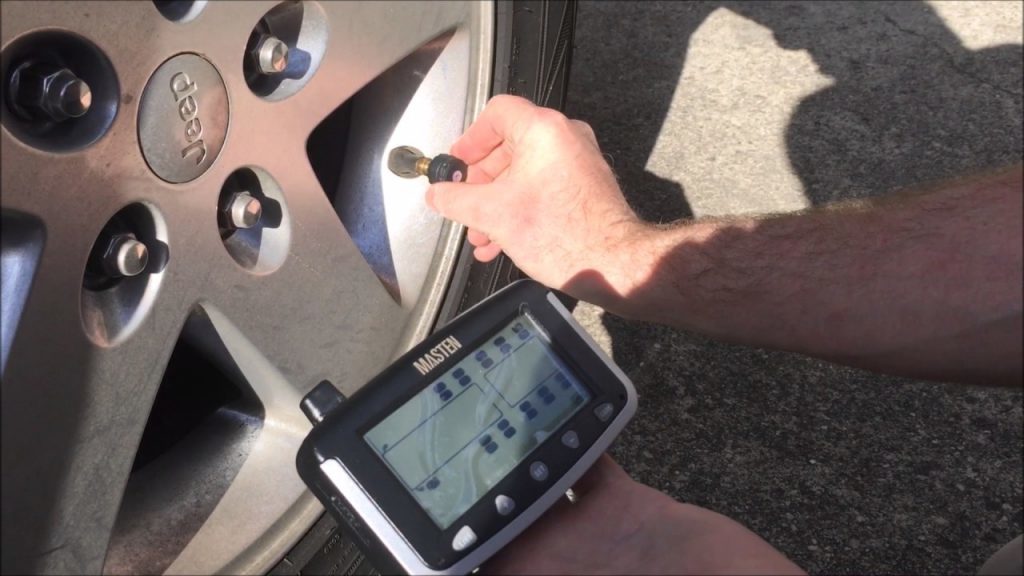 If they’re too low, you should fill them to the appropriate psi level before you move forward with the installation.
If they’re too low, you should fill them to the appropriate psi level before you move forward with the installation.
If you purchased a TPMS kit that requires you to calibrate the sensors, now is the time to do so. Follow the instruction that should have come with the kit you’re using.
Now all you need to do is screw the new sensors onto the valve stems of your tires. Make sure they’re firmly screwed on and not cross-threaded.
Switch the central tire pressure monitor on to see if it’s picking up the signals from the sensors. Again, follow the instructions for the particular set that you bought to make sure they are working the way they are supposed to.
If you want to install interior TPMS sensors, you’re going to have to put more work into this DIY job.
Raise your vehicle using a car jack and remove the wheel.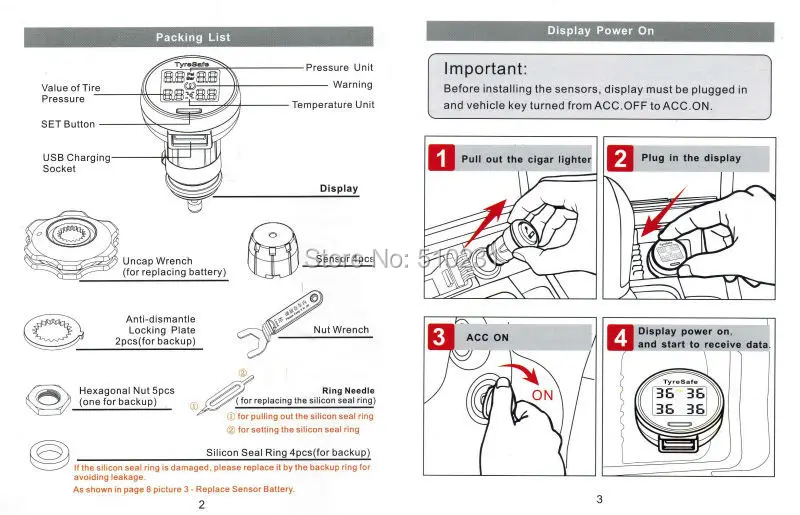 Once the wheel is off, unscrew the valve cap and let the air escape from the tire.
Once the wheel is off, unscrew the valve cap and let the air escape from the tire.
Once the tire is deflated, use a pry bar and a block of wood to break the bead (where the tire and wheel meet) on the side of the tire with the valve stem. Only break one bead, sicne the tire does not need to fully removed from the wheel to access the valve stem hole. This also means that you shouldn’t need to rebalance the wheel after installing the TPMS.
Use your pliers to pull the valve stem away from the wheel from the inside. Slide the new valve stem with the TPMS sensor into the hole, pulling it through from the inside with your pliers.
Apply the tire lubricant or dish soap around the bead of the tire. Push the tire bead to make contact with the wheel, and then start filling the tire up with air. As the bead sets, it will make a loud popping sound, and it’s important to keep fingers clear of the bead area as this is happening.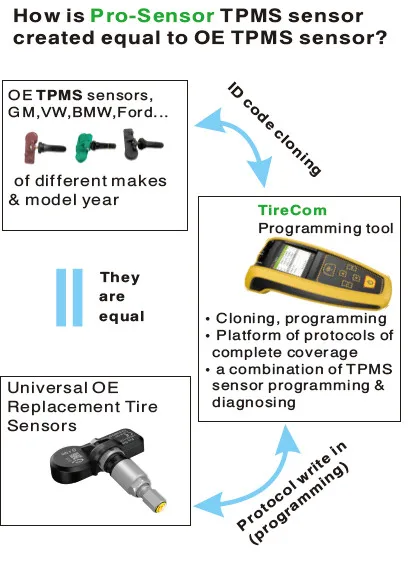 Visually inspect the bead has been resealed, and inflate tire to proper PSI.
Visually inspect the bead has been resealed, and inflate tire to proper PSI.
Reinstall the wheel back onto your vehicle. Repeat for each of the wheels until all four TPMS sensors are installed. Once you lower your vehicle, recheck the tire pressure to make sure your tires are holding air. Check the central unit to see if the TPMS sensor units are working correctly.
Want an expert mechanic on speed dial who can walk you through DIY repairs and answer any questions? Join FIXD Mechanic Hotline for unlimited access to our Master Mechanics Monday-Friday, 8 a.m.-8 p.m.
Disclaimer: The guidelines in this story are general and not meant to replace instructions for your specific vehicle. Please consult your owner’s manual or repair guide before attempting repairs.
FIXD Research Team
At FIXD, our mission is to make car ownership as simple, easy, and affordable as possible. Our research team utilizes the latest automotive data and insights to create tools and resources that help drivers get peace of mind and save money over the life of their car.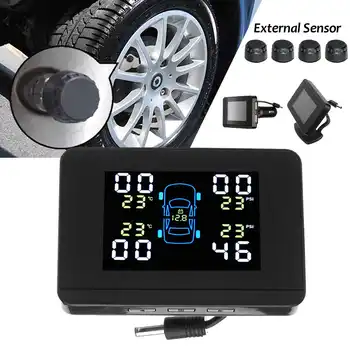
We’re here to help you simplify car care and save, so this post may contain affiliate links to help you do just that. If you click on a link and take action, we may earn a commission. However, the analysis and opinions expressed are our own.
In our article you will learn why it is important to regularly check the tire pressure, what is the TPMS sensor, which is part of the tire pressure monitoring system (TPMS - tire pressure monitoring system).
It is important to check tire pressure regularly. This should be done for three reasons:
With long distances, one-time runs and ignoring the regular need for tire pressure, alas, service station motorists often notice a problem only at the stage of a critical pressure loss, when serious damage is evident, and it’s too late to talk about maintenance service and restoration work.
It is a completely different matter if tire pressure monitoring is carried out regularly by means of tire pressure sensors.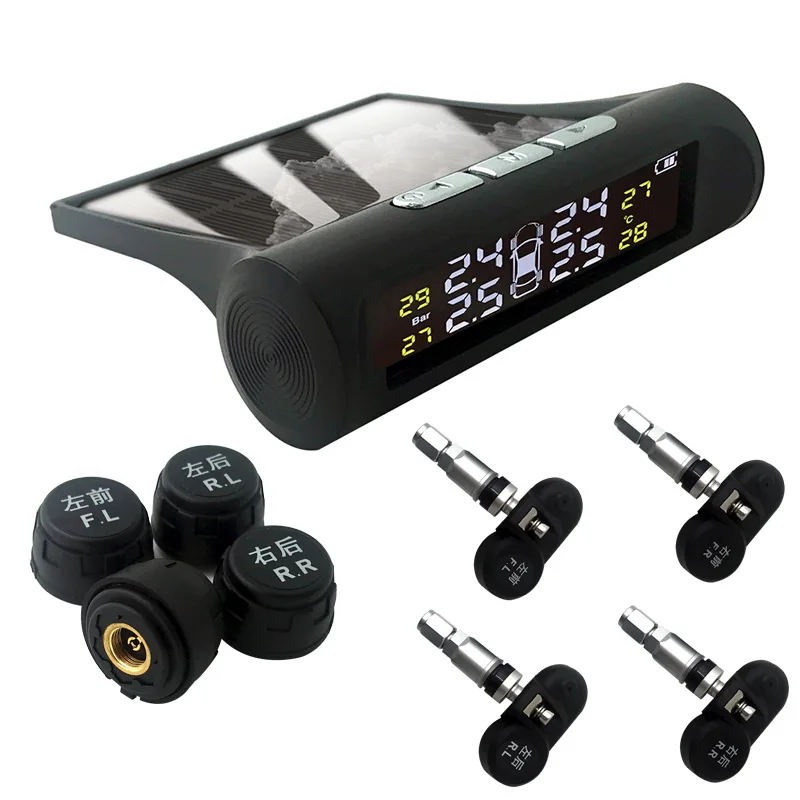 Many modern vehicles are equipped with not one, but several sensors, they form the TPMS system (tire pressure monitoring system) (TPMS - tire pressure monitoring system).
Many modern vehicles are equipped with not one, but several sensors, they form the TPMS system (tire pressure monitoring system) (TPMS - tire pressure monitoring system).
Pressure control systems are now mandatory in a number of countries. In particular, since November 1, 2014, all new passenger cars sold in the European Union have a TPMS system. In Russia, the presence of the TPMS system has become a mandatory requirement for the certification of new types of vehicles since 2016. From the same year, TPMS must be on all vehicles that are imported into Russia through the Customs Union. But vehicles that are previously certified or previously imported vehicles may be without TPMS.
What is TPMS in a car in practice? First of all, the integration of control sensors and the receiving module. But how the system works, what it is aimed at, differs from its type. This will be discussed a little lower, but for now let's dwell on the question of why measure pressure at all, what its incorrect parameters are fraught with.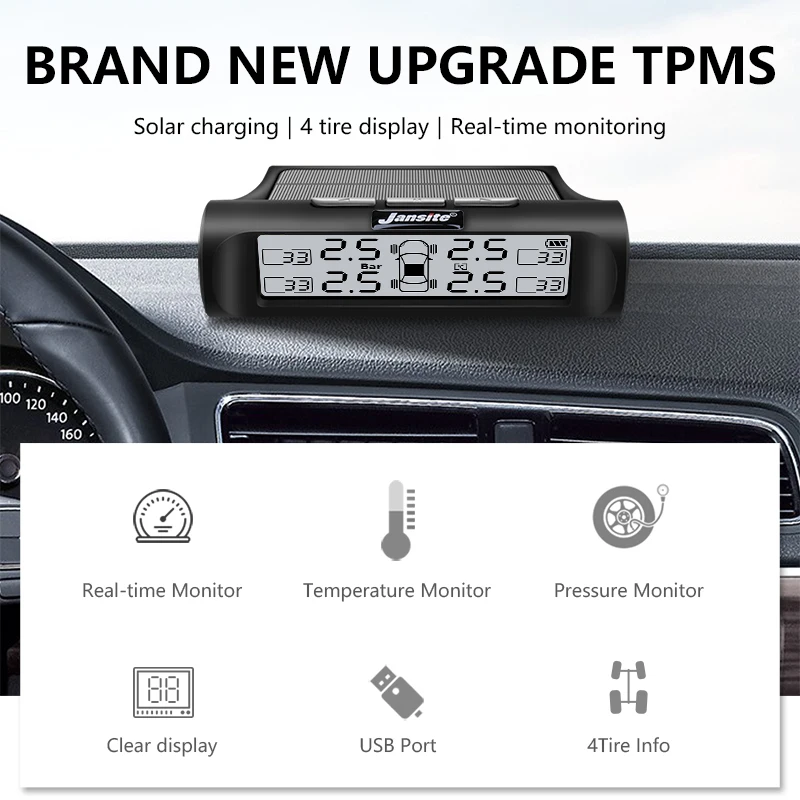
The danger of incorrect pressure is the following risks:
It is the air pressure in the tire that is one of the most significant factors affecting the slip resistance coefficient.
Braking and directional stability are especially negatively affected by the difference in pressure between the wheels on the same axle.
It is also important to remember that air pressure is an unstable phenomenon, within certain limits it can vary under different operating conditions of the vehicle. What does this actually mean? If there are problems with tire pressure (for example, they are unevenly inflated), then when driving in a straight line, the vehicle will be able to go without unpleasant surprises, but as soon as the road begins to wind, problems will begin.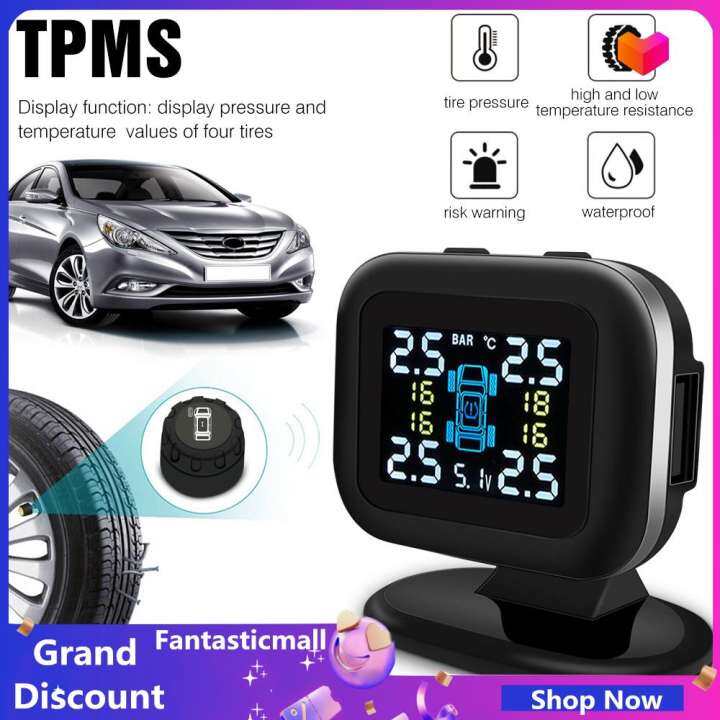 In this case, the “walking” nature of the tire will be able to fully manifest itself. It will not be easy to control the radius, the angle of rotation even at low speeds, and at high speeds with uneven tire pressure and an abundance of turns, you can completely lose control of the steering. It is this combination of factors that often leads to an accident.
In this case, the “walking” nature of the tire will be able to fully manifest itself. It will not be easy to control the radius, the angle of rotation even at low speeds, and at high speeds with uneven tire pressure and an abundance of turns, you can completely lose control of the steering. It is this combination of factors that often leads to an accident.
The danger of operating a vehicle with the wrong tire pressure in winter, when frosts come, increases significantly. It has to do with the laws of physics. When cooled, many objects tend to shrink in volume. In gases, this property is one of the most pronounced. In order to be sure of the correct tire pressure in winter, in cold weather, the pressure must be checked not just regularly, but in relation to temperature changes: in theory, tire pressure measurements are valuable after the vehicle has been in frosty conditions for at least an hour. This pressure (in theory) should be real, and it is this pressure that must be compared with the manufacturer's recommendations and based on these data and (if necessary) corrected.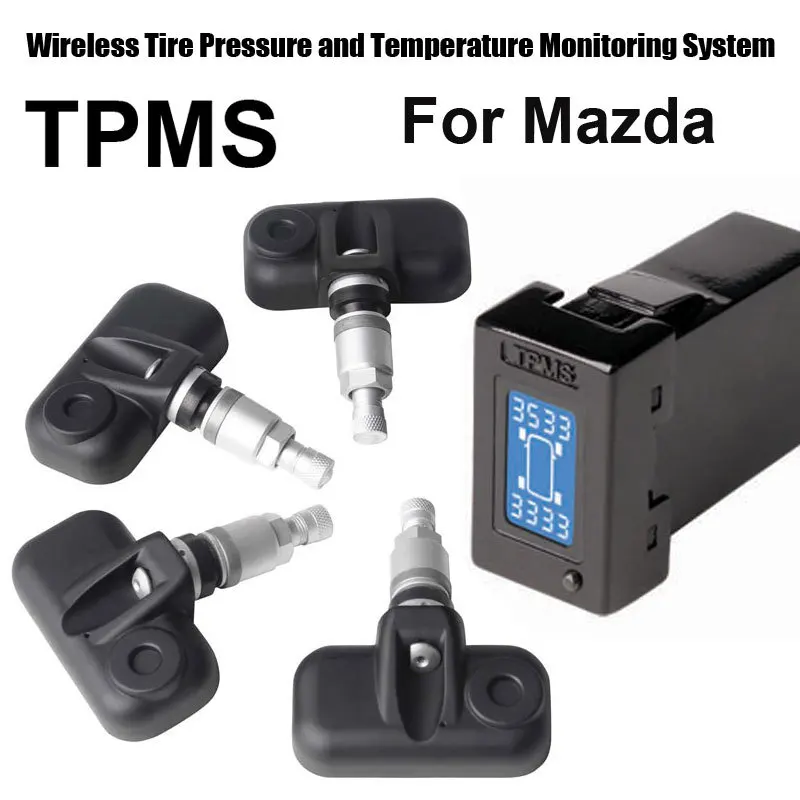 But not everything is so simple: while driving, the tires heat up, which distorts the performance, so most recommendations take into account - even in the cold season, it is customary to take tire pressure not on the street, but in a garage, tire shop. But already at the moment of pumping, you need to think about what pressure difference it makes sense to compensate. And here a competent tire fitter will take into account and combine four factors: manufacturer's recommendations, instrument readings, room temperature, temperature typical for this time of year.
But not everything is so simple: while driving, the tires heat up, which distorts the performance, so most recommendations take into account - even in the cold season, it is customary to take tire pressure not on the street, but in a garage, tire shop. But already at the moment of pumping, you need to think about what pressure difference it makes sense to compensate. And here a competent tire fitter will take into account and combine four factors: manufacturer's recommendations, instrument readings, room temperature, temperature typical for this time of year.
In practice, it “pulls up” problems with itself, both with pressure below and above the norm. A change in the angle of inclination, deterioration in stability, an increase in fuel consumption, as a rule, is associated with a decrease in pressure.
But the pressure is above the norm - this is a direct way to the fact that vibrations will be transmitted to the passenger compartment, the quality of adhesion to the roadway may deteriorate (especially dangerous on slippery roads), and the braking distance may increase.
The tire will wear out unevenly if the pressure is incorrect. This problem is relevant when the pressure is exceeded and when the pressure is underestimated. In the first case, the central part will be the most vulnerable, in the second - the shoulder parts.
Tire pressure sensors are used to measure tire pressure. Tire pressure monitoring is in the zone of the simplest solutions, but more and more often you have to deal with multifunctional sensors. In addition to tire pressure, they control a change in temperature (above, when driving a car in frosty conditions was considered, it was already noted why this is most important), wheel acceleration.
Sensors can be divided into several types. In this case, the classification is carried out according to different criteria:

External sensors are mounted, fixed on the wheel nipples. The most advanced external sensors are equipped with a central unit with a liquid crystal display. They allow you to see both the alarm and the exact digital pressure values in all wheels. But most often, when talking about external sensors, they mean structurally simple and affordable caps with color indicators. Installation of such sensors does not require complex skills. Motorists can carry it out without contacting a car service. It is also easy to use such sensors (the criticality of the situation is determined by the color of the indicator), but, alas, the pressure can only be checked while the vehicle is parked. Another negative point associated with cap sensors is that they are easy to remove and steal.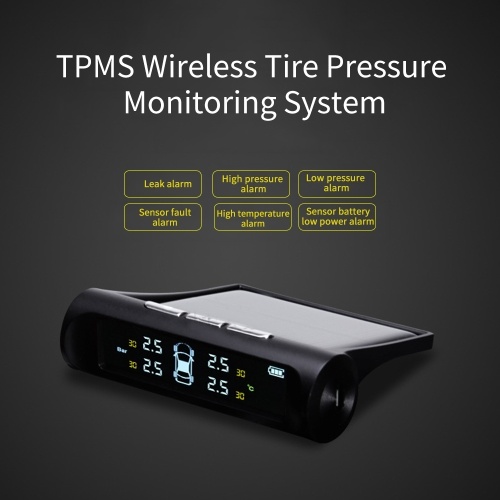
Far from the most reliable option for external sensors - and because of their poor wear resistance. Due to their location outside, they are forced to experience serious aerobic, centrifugal loads. The consequence is a breakdown of the sensor when a stone hits.
Internal sensors are attached directly to the disk (inside). Work on the installation of such sensors is carried out in a car repair shop. A motorist who does not have the knowledge and skills of an auto mechanic, a tire fitter, cannot cope with such work on his own. The main difficulty is that before installing the sensor, it is necessary to remove the tires from the rims.
Mechanical meters are structurally as simple as possible. In fact, these are manometers in the form of caps. They indicate the pressure in the wheels in a certain color. For example:
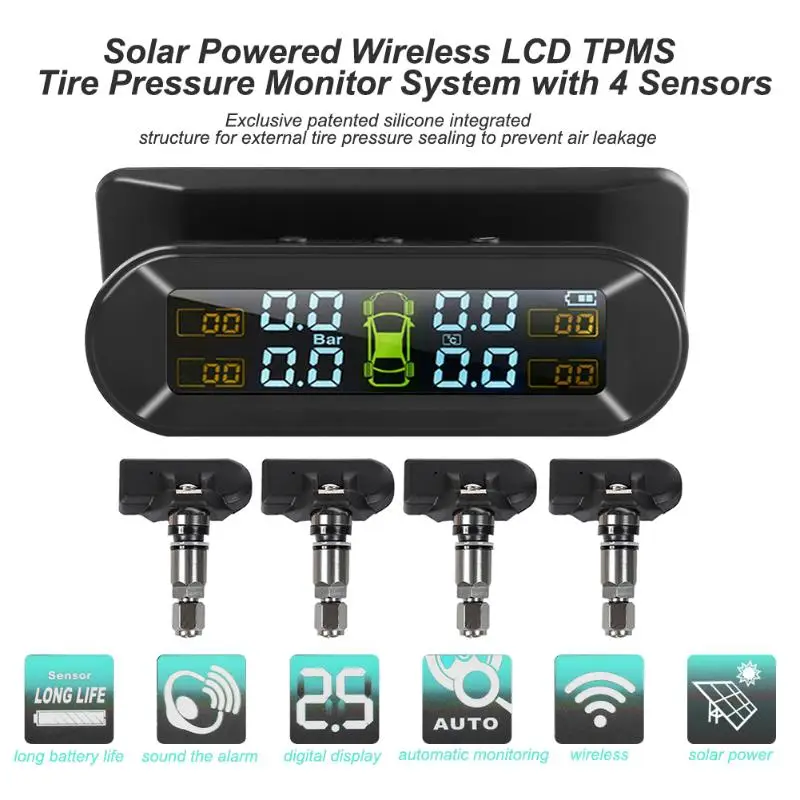
Unfortunately, in order to perform a pressure test, the car must be stopped.
The readings of such devices are the most accurate. Sensors are installed inside tubeless tires or outside the wheel on the spool. The devices are equipped with small batteries. Communication with the central control unit is carried out via a radio frequency channel.
The control and indication module is placed in the vehicle interior. Inconsistency of readings is signaled by light or sound. Control can also be carried out using a smartphone. To do this, you need to install special software. The main advantage of electric sensors is the constant provision of information to the driver.
But it is important to understand: during the operation of electronic sensors, batteries should be changed in a timely manner. Untimely replacement of batteries is fraught with distortion, and then a complete loss of control over tire pressure.
When driving at high speeds, false alarms are possible due to heating of the tires. After such cases, it will be necessary to reset the instrument readings.
After such cases, it will be necessary to reset the instrument readings.
The simplest in terms of design is the system of indirect (indirect) pressure measurement.
In fact, it is a software extension of the ABS control unit (based on the operation of the ABS wheel speed sensors).
The principle is based on measuring the speed of rotation of the wheels, or rather, each wheel.
Yes, it is the wheel speed that is measured, not the pressure! And already on the basis of its electronic unit determines the pressure.
System advantages:

The problem is trying to be solved by a programmed delay in the notification of a flat tire. If the rotation speed returns to normal, the tire pressure change notification is canceled by the system. From a safety point of view, especially when driving on uneven terrain, this is a very dubious decision.
The pressure sensors are directly sent to the central control module in the car.
When the pressure drops below the set value, the indicator is activated.
Combined sensors are mounted, as a rule, on the valves of all wheels (inside or outside) "online" information about all four wheels at the same time, sometimes also the temperature, which may be redundant.
Disadvantages of direct measurement:
 And not only because there are external sensors, and you need to remove the wheels, but also because a number of systems are not designed to change the location of the wheels (and this is often done to even tire wear). More precisely, the only possibility for such manipulation remains a new entry of data into the computer memory,
And not only because there are external sensors, and you need to remove the wheels, but also because a number of systems are not designed to change the location of the wheels (and this is often done to even tire wear). More precisely, the only possibility for such manipulation remains a new entry of data into the computer memory, The activation procedure for TPMS sensors prompts them to start transmitting data on tire pressure, as well as other parameters that a particular system measures - temperature, sensor battery status.
Sensors can be activated in different ways:
1. Through the dashboard.
2. By rapidly inflating or deflating the tire (20 kPa for 10 seconds).
3. By bringing the magnet to the sensor nipple. The triggering occurs when the magnet is brought close to the sensitive area of the sensor. In action is the Lorentz force, which depends on the moduli of particle velocity and magnetic field induction.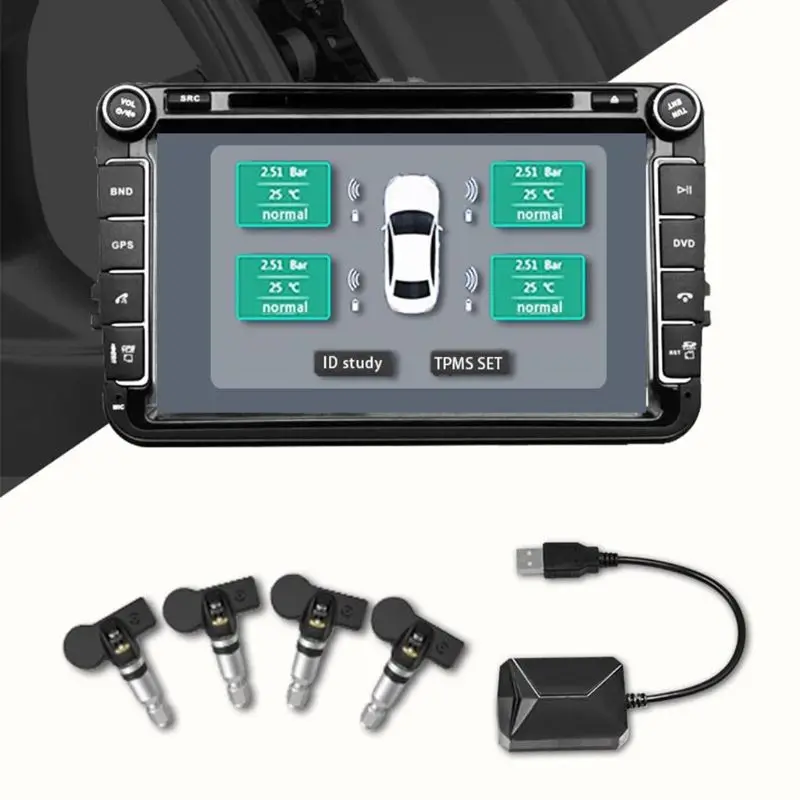
For some vehicles, there is a special procedure for linking the sensor to the vehicle using a special device to activate the tire pressure sensors. Sometimes, instead of the device, you can use the procedure for linking by changing tire pressure.
The binding of a new sensor is carried out through a special mode or manually.
When linking the system in Ford cars, for example, this is done like this.
As you can see, there are a lot of features related to the system.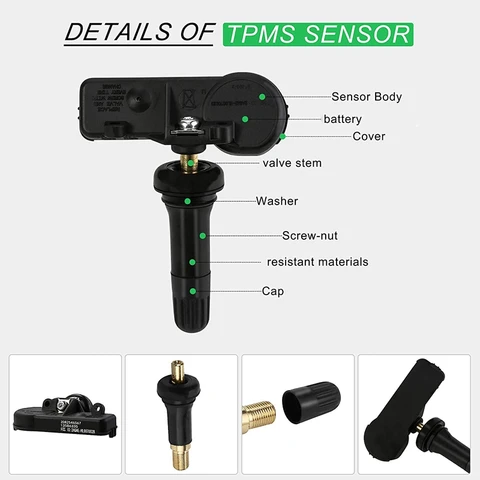 An experienced tire fitter should understand:
An experienced tire fitter should understand:
SENSYS SENSYS Engineering has extensive experience in this area.
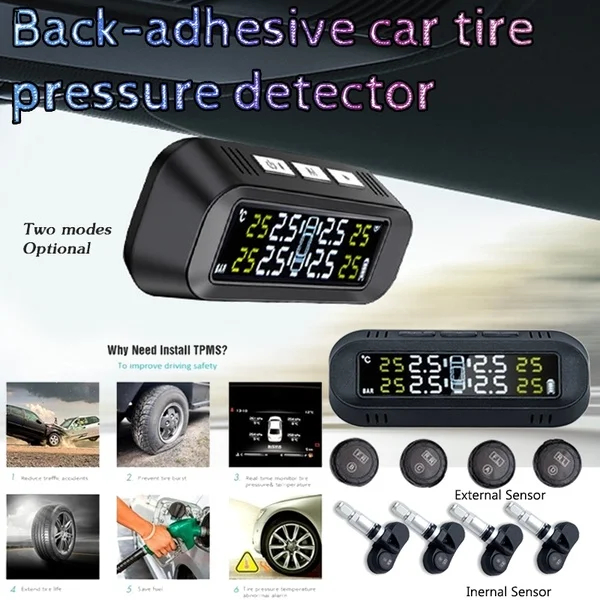
Tire pressure sensors
We carry out service diagnostics of TPMS sensors. We qualitatively and quickly identify problems and breakdowns in the tire pressure monitoring system.
The best prices for the purchase and installation of TPMS sensors. We are located in Moscow.
+7 (495) 790-11-24
Contacts
The new generation of solutions for diagnostics of tire pressure monitoring systems allows us to quickly and efficiently diagnose and repair.
Our equipment is a unique solution for monitoring the condition of TPMS systems. The full diagnostic result is available immediately after connecting the diagnostic equipment to the vehicle, which makes it easy to decipher the wheel sensor data and identify system malfunctions.
Consider the process of diagnosing the tire pressure system using our Autel TS-508 diagnostic scanner as an example:
1.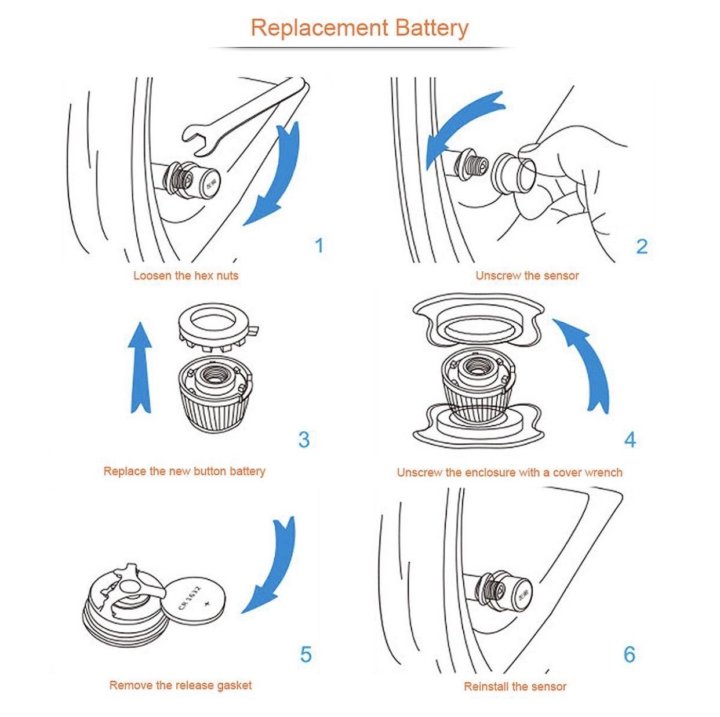 We check each pressure sensor on your car in a non-contact way. To do this, we use the advanced mode indicating the car manufacturer, model and year of manufacture.
We check each pressure sensor on your car in a non-contact way. To do this, we use the advanced mode indicating the car manufacturer, model and year of manufacture.
2. Then we proceed to diagnostics and check each sensor. The instrument screen displays tire pressure data and sensor status.
3. Connect the scanner with a cable to the OBD2 diagnostic connector and turn on the ignition. The scan tool will display tire pressure information, sensor location, and sensor ID. In this way, we can determine the coincidence of the location of the sensors in the wheels, find activation errors, or the complete absence of data about the sensors in the vehicle's TPMS system.
4. If there is a malfunction in the system, we can see the breakdown of the fault code on this vehicle. Replace the defective sensor and train the sensor.
5. After the above, it is necessary to remove the fault codes, which we do.
Select pressure sensors by make and model of car →
We offer tire pressure sensors not only for cars.
There are pressure sensors for various equipment.
We connect the diagnostic tablet via a wireless interface and select the vehicle manufacturer, model and year of manufacture. We check each sensor, and read the ID for each of them, as well as the battery charge, tire pressure and temperature.
We diagnose the TPMS system, compare the IDs of the installed sensors and the registered sensors in the pressure control system. We will immediately notice if there is a mismatch of sensor IDs, fault codes, this will help us correct any errors that have arisen. We will also decipher all fault codes (if any) and be able to remove them.
Professionals recognize that the TPMS Health Check feature takes the guesswork out of repairs and allows quick completion of vehicle service.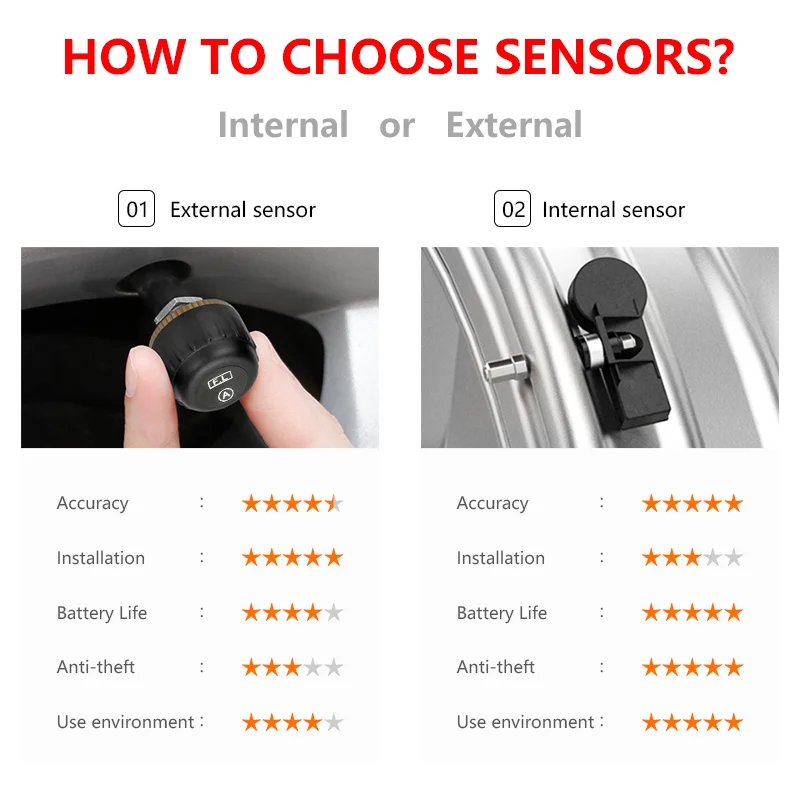
For any questions about the possibilities of our car service, or about the diagnosis of tire pressure sensors, please contact us by phone number, or order a call back on our website. Our manager will call you back as soon as possible.
Easily make an appointment today at our 80-wheel tire service, we are located in Moscow, in the SVAO region.
Our contactsTo install TPMS pressure sensors, you will need to come to our service center.
See location map
Our technicians diagnose your TPMS system for problems.
After diagnosing the system, they will identify a malfunction and offer solutions.
Installing a TPMS system, or replacing a faulty tire pressure sensor.
New TPMS sensors are being activated and paired.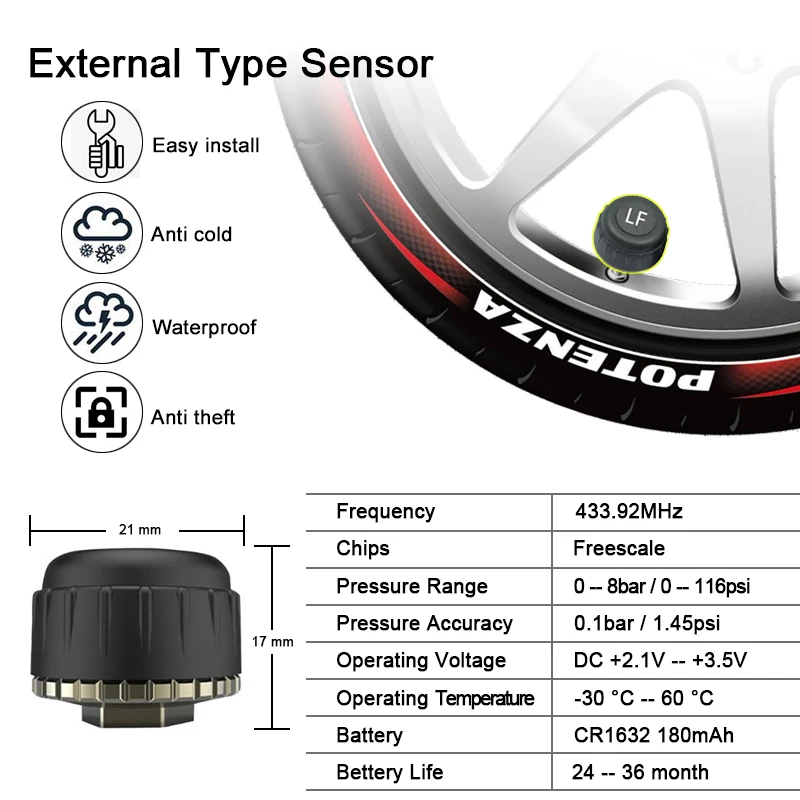
Learn more about activating sensors
In addition to diagnosing tire pressure sensors, we also replace, clone and program them.
Our contacts
We provide a range of services for the installation and replacement of tire pressure sensors.
In some cases, we diagnose TPMS sensors without disassembling the wheel.
We sell original programmers for TPMS sensors.
We will select the original sensor, or a high-quality analogue (depending on how much you want to replace or clone on a budget).
Select pressure sensors
Most TPMS sensors are in our warehouse in Moscow. The purchase of sensors comes from manufacturers, we work without intermediaries.